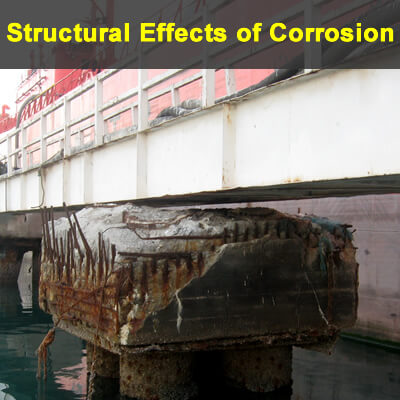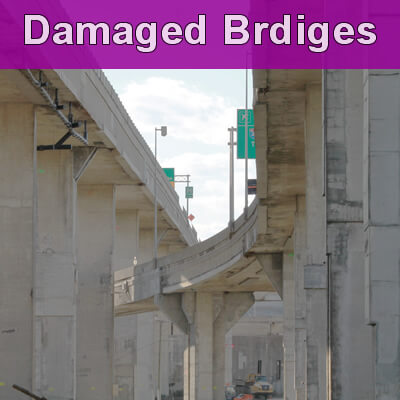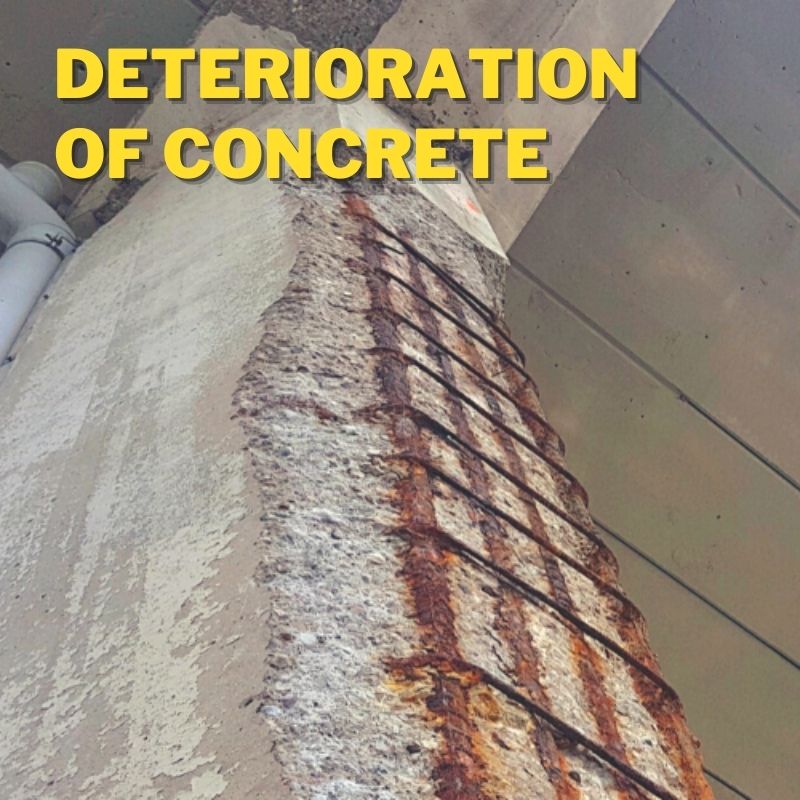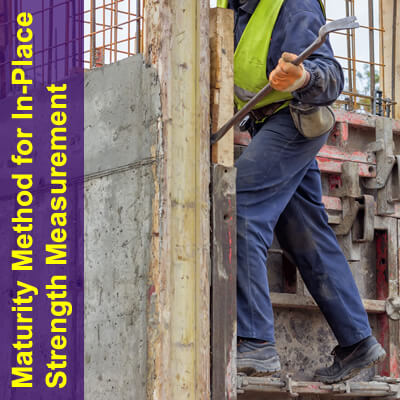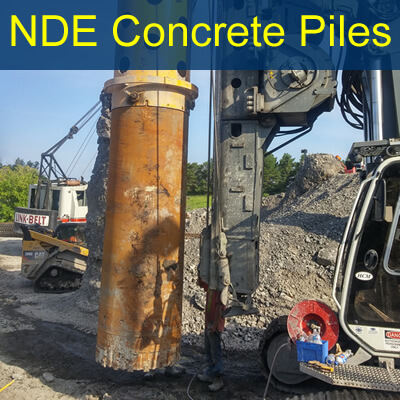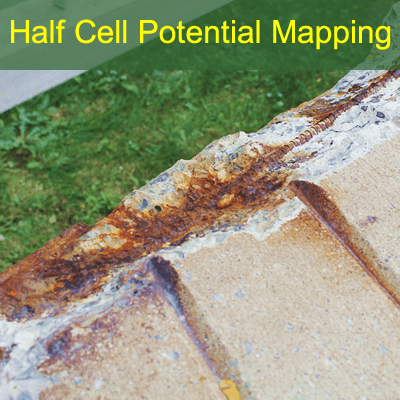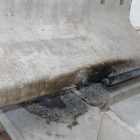Corrosion Monitoring of Reinforced Concrete Structures
A corroded structure (whether it is a bridge, or a jetty, or a simple ramp) could be scary for many people. Imagine yourself driving along the Gardner Express (Downtown Toronto), or the highway 40 (Montreal), and all of a sudden, a piece of concrete falls onto your


